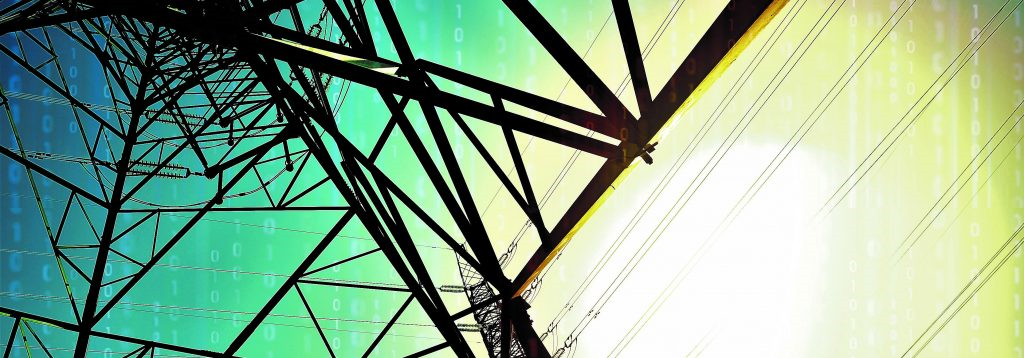Source: IEC Blog (https://blog.iec.ch/)

Among the IEC most cutting-edge standards, the IEC 61850 series paves the way for the use of a variety of digital technologies relating to smart energy. They are widely considered to be among the core international standards for the smart grid.
They deal with key topics such as the integration of renewable energies and distributed energy resources (DERs) within the existing electrical network.
Because their content is used by electrical utilities the world over, they are also developed in a very forward-looking way, involving user feedback before the documents are published.
Laurent Guise heads one of the key working groups inside IEC Technical Committee 57, which prepares the standards. “The IEC 61850 documents are quite unusual compared to many other IEC Standards in that they are first and foremost developed for machines,” he explains.
“The main user of these standards will not be a person but a computer and they have to be machine-readable. At the same time, they are very complex documents involving thousands of different items.
“One of the main dilemmas is to avoid any form of ambiguity because machines hate that! And it’s very difficult to do when you have so many different items to deal with”.
Involving pilot projects
To reduce the risk of ambiguity, and therefore of errors, IEC TC 57 offers the possibility to the various stakeholders involved to use the draft standards during the drafting process, together with code components/machine readable files, free of charge, for research projects typically. This procedure has been agreed with the IEC sales department.
“This is a flexible and extremely reactive way of working which enables us to stay ahead of technology developments,” says Guise. “We make the standards available at draft level and we encourage their use in pilot and demonstration projects.
“The feedback from these users is invaluable and enables us to greatly reduce the potential for mistakes as well as anticipate requirements. It also stops us from publishing endless amendments and corrections to existing standards”.
TC 57 has also introduced transitional stages (published as technical reports) for most of the new parts of the IEC 61850 series, bundled with associated code components.
The aim is to reduce possible remaining miss-matches between market requirements and the content of the proposed standards. This introduces a second opportunity to gather user feedback in a flexible way.
Lastly, light code components are available as a free download for market stakeholders involved in the supply chain of the products and systems involved. These are posted on the IEC website on the “TC57 Supporting Documents” area, attached to specific licensing conditions.
“There are still potential interoperability issues because so many different stakeholders are involved in the supply chain. That’s why these documents are available for free,” Guise adds.
The full series of IEC 61850 Standards is now available as a global package, released in February. They are issued with the available associated code components.
The series includes no less than 35 documents, dealing with substation automation, DER integration or cyber security, to name but a few.
Contact IEC
International Electrotechnical Commission
IEC Central Office
3, rue de Varembé, 1st floor
P.O. Box 131
CH - 1211 Geneva 20 - Switzerland
Phone: +41 22 919 02 11
Fax : +41 22 919 03 00
Contact BPS – The Philippines’ member to IEC
Bureau of Philippine Standards (BPS)
Department of Trade and Industry
3F Trade and Industry Bldg., 361 Sen. Gil Puyat Ave.,
Makati City, Philippines
T/ (632) 751.4736; 507.7307 F/ (632) 751.4748; E-mail: This email address is being protected from spambots. You need JavaScript enabled to view it.
